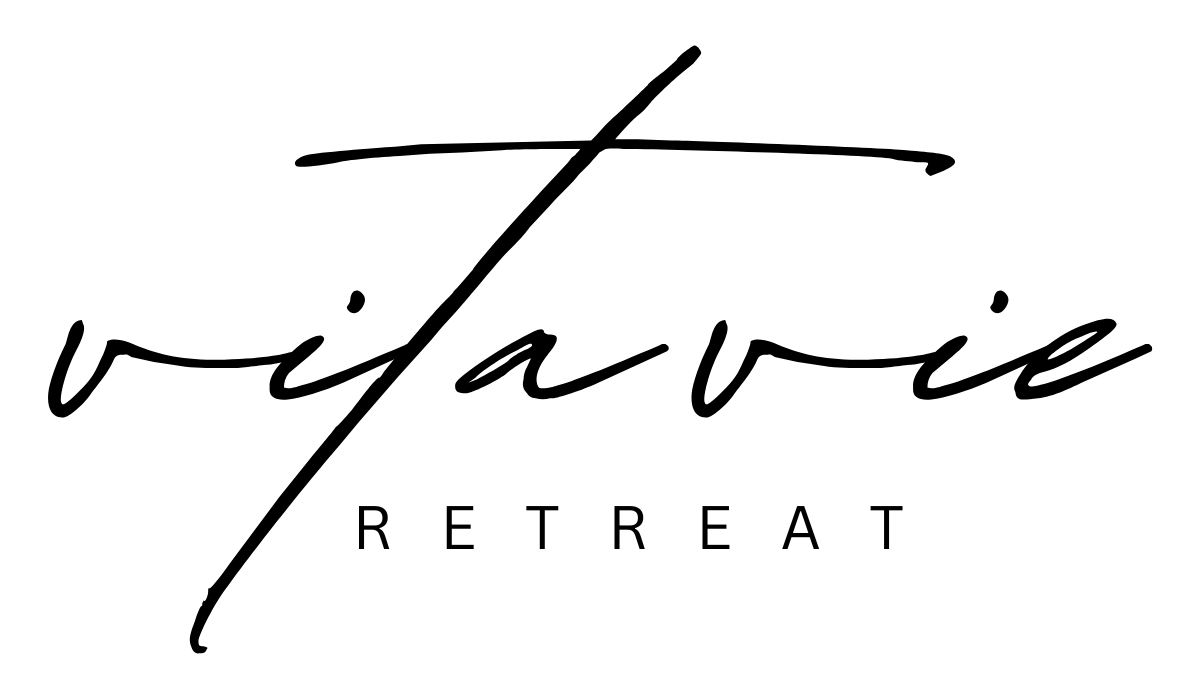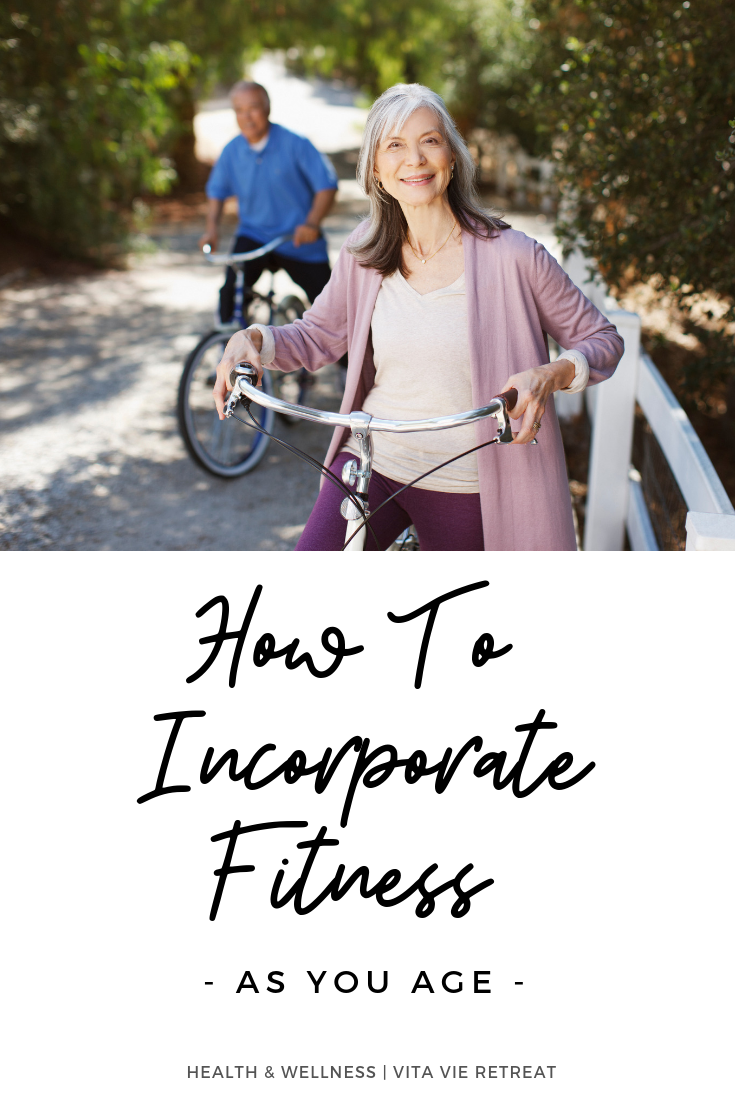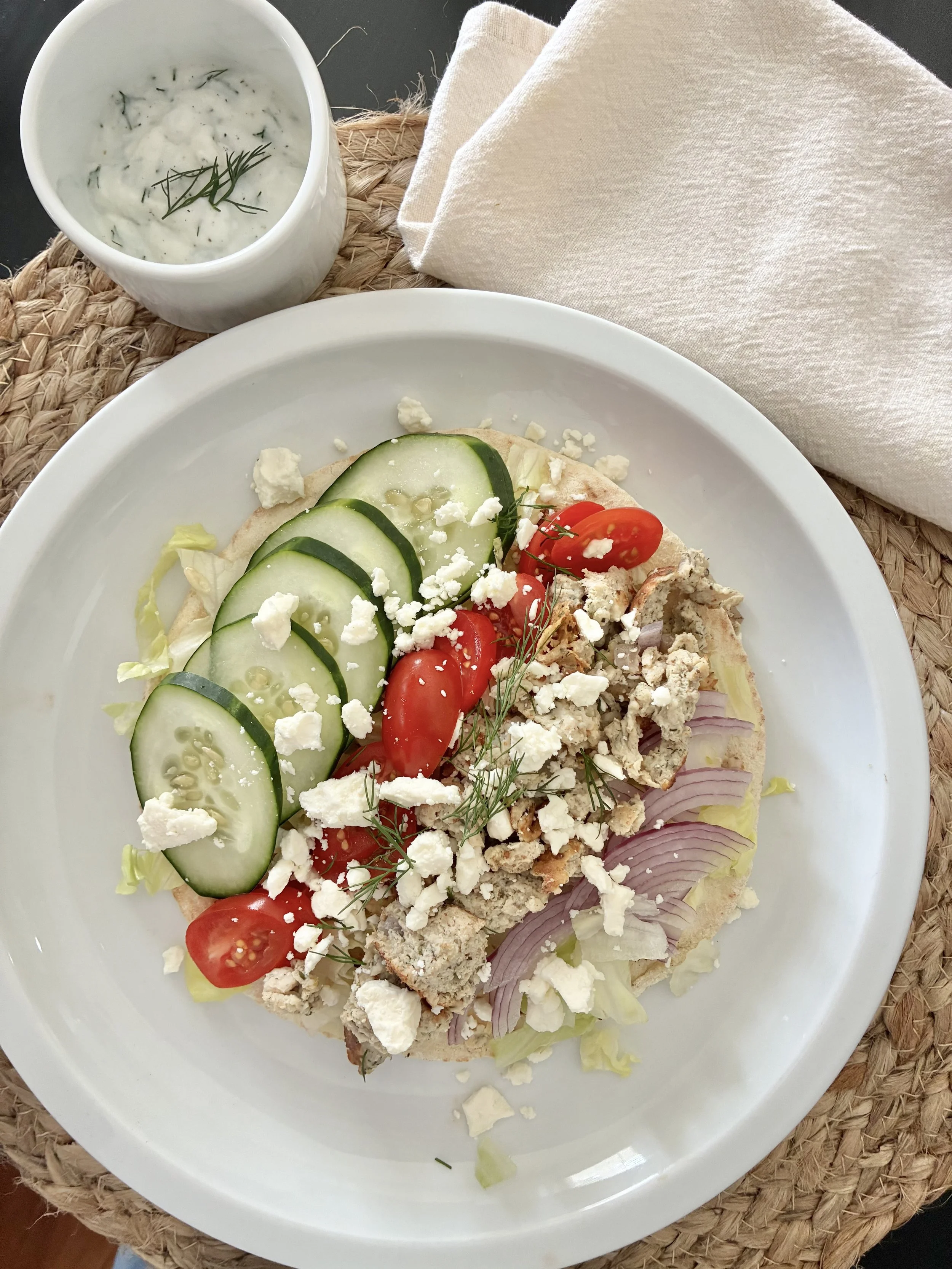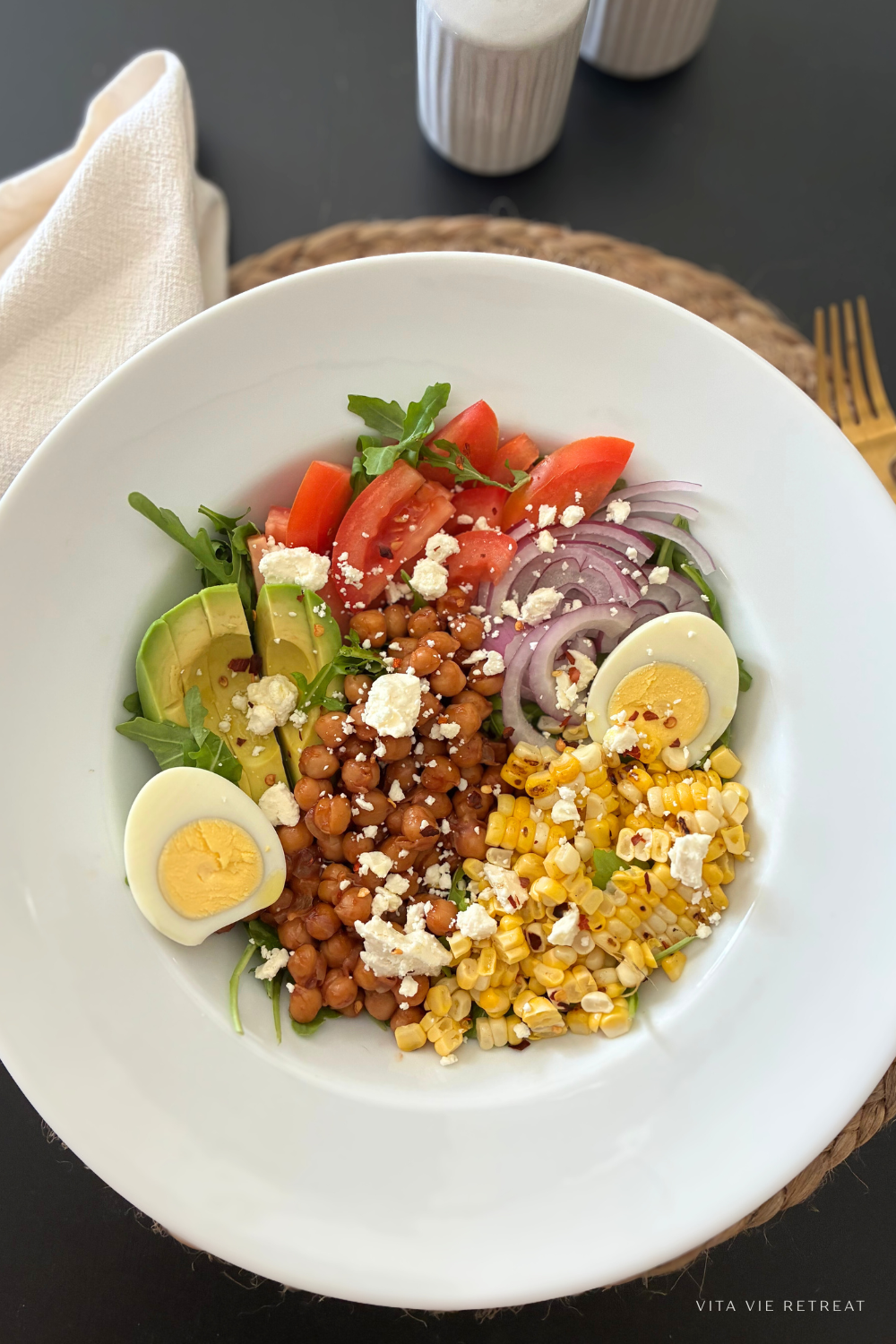How Your Fitness Plan Should Shift As You Age
/How To Plan A Fitness Regimen As You Age
Many adults slow down or even stop their training regimen as time passes, thinking that rest is the best thing for them or that it is too late to start their road to a more active lifestyle. But this couldn’t be further from the truth.
Lack of exercise can lead to an increased risk of injury and health problems, so it is important that you take the steps and make the adjustments you need to have a fitness plan that ages as gracefully as you do.
How To Shift Your Workout
Instead of giving up on exercise altogether, it is important to shift your fitness plans to suit your changing body.
Here are a few tips for how to shift the way you workout in a way that is most impactful for you.
Restart a Training Habit
The first step to shifting your fitness plan is to form new and improved habits. By this point, you may have tried and stopped a variety of different exercise routines — and that is okay. In fact, it’s encouraged.
You know the saying, “Don’t knock it until you try it,” right? Well that may still hold some truth, but it is important that you pick up on that last part. You have to try it.
You may have to try out a few different types of fitness regimens before you find one that you can stick to and incorporate into your routine. But once you find that routine that works for you, try your best to stick with it.
The reality is, there will be times when you just don’t want to exercise, but it is so important to stick to a routine and return to it even on the hard days so you don’t fall off course. Train your brain to get in the habit of expecting exercise.
Find The Time
You are likely living a busy life with lots of responsibilities, so understandably it can be hard to keep a consistent workout schedule. If you are struggling to find time, the truth is you have it. But you’re just spending it doing something else.
So try sneaking exercise into moments of your day-to-day life. Do some squats while folding laundry, wake up 10 minutes earlier for morning yoga, or take a quick walk after dinner.
Staying active doesn't always mean boot camp or high-intensity workouts every day. It is about taking the time to move your body on a daily basis.
If you are having trouble finding the drive to say active, consider trying a fitness tracker to track your steps and get to your daily health goals.
Create Proper Muscle Recruitment
While age does not define who we are or what we are capable of, it is important to consider the not so fun fact that our bodies do become less resilient over time and recovery time is slower after injury.
This should not be an excuse to avoid an active and healthy lifestyle; it just serves as a reminder that our bodies need a little extra TLC.
When it comes to your workout, maintaining proper warm-up and cool-down routines is vital, as is consistent stretching. But one thing that is also essential to a safe workout is employing proper muscle recruitment.
I know this may sound complex, but all it means is using the correct muscles at the correct time instead of letting your body compensate for injuries and weaknesses.
Employing proper muscle recruitment minimizes muscle imbalances, overuse injuries, and inflexibility.
The best way to focus on your muscle recruitment is to pay close attention to your form and any signs of injury that your body is telling you. And remember, when it comes to completing reps it's all about the quality of movement, not the quantity of reps that you do.
Preserve Muscle Mass
After age 30, you begin to lose around 3-5% of your muscle mass per decade. Men in particular will lose about 30% of their muscle mass over the course of their lives.
Decreased muscle mass increases your risk of fractures and falls. Just as muscle mass can be lost, it can also be gained back. While losing muscle mass is a drag, here’s the good news: You can absolutely get your muscle mass back to an extent and preserve it. This can be achieved with a consistent strength training regimen, a protein-rich diet, and added supplements and vitamins.
Try Low Impact Activities
If you suffer from joint pain or inflammation, going for a long run may hinder you more than help you.
Choosing low-impact activities can provide a less painful workout experience. Swimming, cycling, walking, and yoga place less strain on your joints all while maintaining their cardiovascular benefits.
Don’t let joint pain and inflammation get in your way. If one approach is causing you pain, choose a different option.
In addition, if you have Medicare you may have the option to get a membership to the SilverSneakers Program. SilverSneakers is a popular fitness program that offers gym memberships and a variety of exercise classes designed specifically for older adults.
Mix It Up When You’re In A Rut
Constantly hitting the gym can get boring, which often causes a lack of motivation. One cure for the exercise doldrums is to try new and exciting forms of exercise.
Dancing, martial arts, outdoor exercises, or fitness classes will keep your brain engaged, lighten your mood, and continue improving your health.
Finding a balance between traditional exercise and novel physical activities will help you maintain a consistent routine.
Remember, You’re Never Too Old To Live Well
Adjusting your exercise regimen over time can be difficult, so you may want to consider working with a fitness trainer and consulting with your doctor regarding the best plan for you so that you can live well and be the healthiest version of yourself.
Whether you are 30, 50, 70, or 90 you can live an active and healthy life. Even though your body is continuously changing, it does not mean that you are too old to maintain your health.
Author Bio: Christian Worstell is a health and lifestyle writer living in Raleigh, NC.
SUMMING IT UP
Many of the guests at our fitness retreat are trying to learn the right type of fitness for them and the aging process — no matter what stage they’re at. Here are a few more tips to shifting your fitness regimen as you age:
Make your fitness regimen work for you as you age. Journaling your workouts is a great idea to find out what works best for you and what doesn’t. You can jot down each day if a workout made you feel exhausted, gave you a lot of energy or caused any type of pain.
Fitting in workouts that feel good for your body and target any weaknesses, imbalances and postural issues are important. Set up a session with a personal trainer or movement coach to tackle any problems within your structure.
A mix of strength, cardio and flexibility would be optimal. Incorporating all 3 core components means you’re conditioning the heart and lungs, working on strength and posture as well as flexibility to keep the body released and relaxed.
What’s most important is that you move. Lack of movement causes a whole host of problems from strength and balance to posture and proprioception problems.
If you need help with incorporating fitness as you age, check out our online personal training or one of our private fitness retreats to develop a custom program for you.
We hope this article helped! Best In Health & Wellness - Team Vita Vie Retreat























